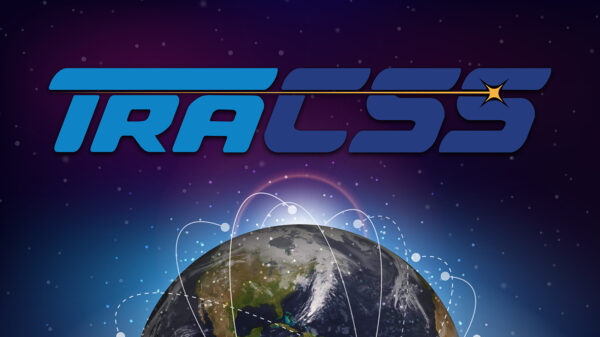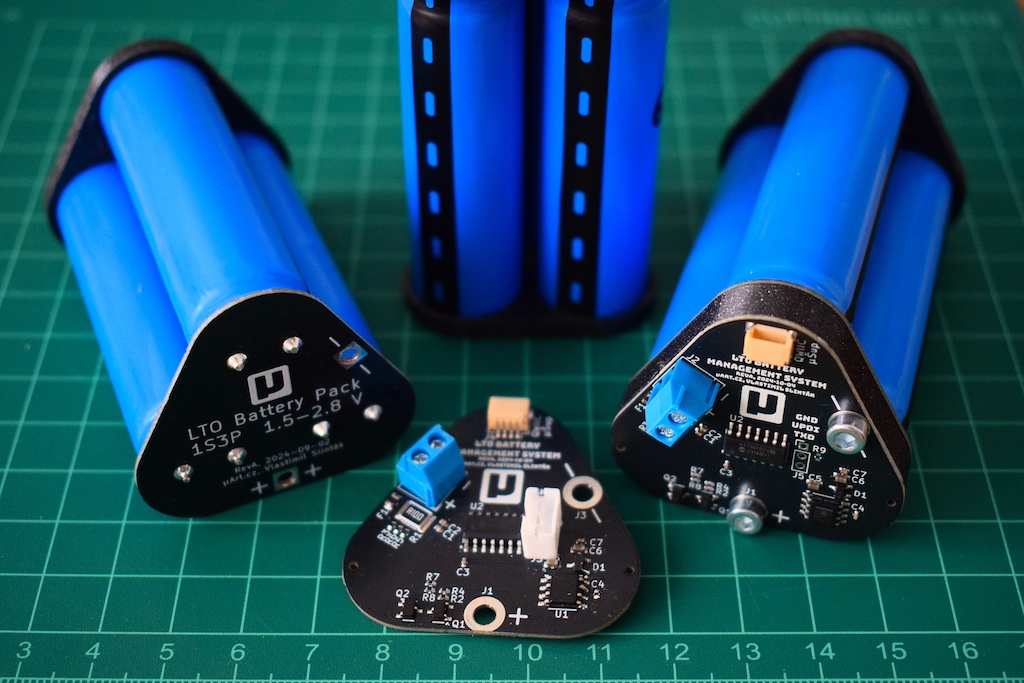Lithium-titanate (LTO) batteries are gaining attention for their unique properties, particularly in applications where safety and charging speed are prioritized over energy density. A recent project by Vlastimil Slintak introduces an open-source battery management system (BMS) specifically designed for LTO cells. This system operates on single-cell (1S) configurations, accommodating the typical LTO cell voltage range of approximately 1.7 to 2.8 volts.
The innovative BMS supports configurations of three parallel cells (1S3P) and is tailored for low-power applications, including devices such as Meshtastic nodes. The full design and development process is outlined in a detailed blog post accompanying the project, providing insights into the features and benefits of this BMS.
Key Features and Specifications
The open-source BMS incorporates essential protections, including under-voltage, over-voltage, and over-current safeguards. The system is powered by an ATtiny824 microcontroller, which manages operations and ensures stability. It supports a discharge and charge current of up to 1 amp, translating to roughly 2.4 watts at average cell voltage.
Using three 1,300 mAh LTO cells in the configuration can yield a total capacity exceeding 9 watt-hours. This capacity allows for efficient energy management, particularly for low-power applications. The BMS is capable of communicating with connected hardware via the I2C interface, allowing users to retrieve various statistics and operational data.
The Role of LTO Technology
LTO batteries, while not as widely used as traditional lithium-ion batteries, offer significant advantages in specific environments. Their ability to charge quickly and maintain stability under various conditions makes them suitable for applications where safety is paramount. Though they have a lower energy density compared to other lithium chemistries, their robustness and longevity can be appealing for certain uses.
Slintak’s project addresses a common challenge among LTO users: the scarcity of compatible BMS options. By providing an open-source solution, he aims to facilitate broader adoption of LTO technology, encouraging innovation and development in this niche market.
As the demand for safer and more efficient battery technologies continues to grow, projects like Slintak’s may pave the way for new advancements in energy storage solutions. The launch of this open-source BMS for LTO cells marks a significant step towards enhancing the usability and accessibility of this promising battery chemistry.


































































